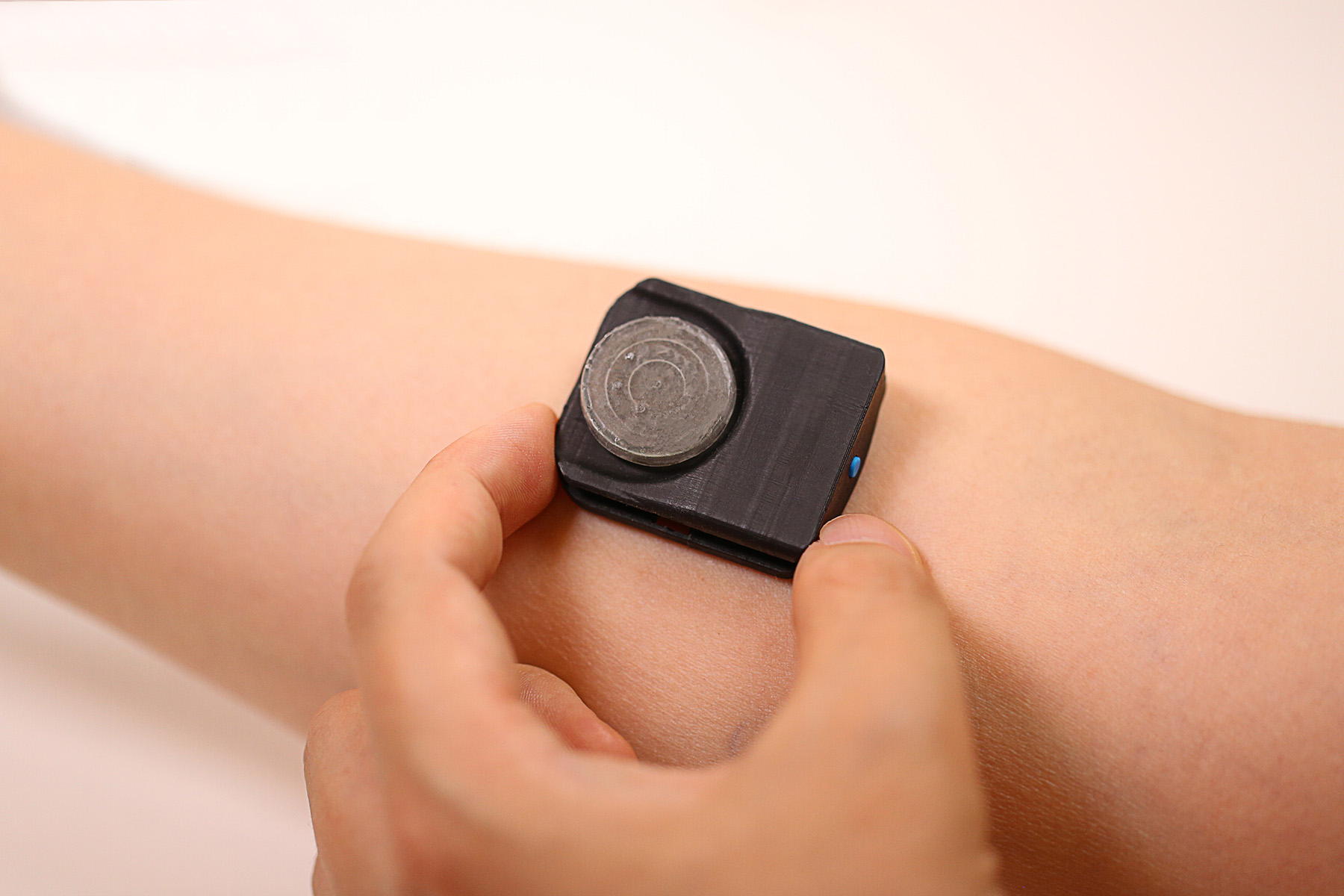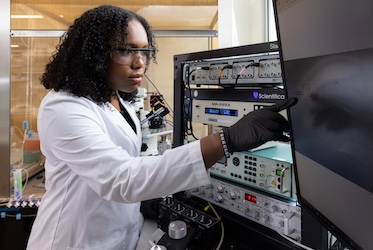Breakthrough: Wearable Tech Reads Your Health Through Invisible Skin Signals
Health
2025-04-09 16:23:01Content

In a groundbreaking scientific breakthrough, researchers at Northwestern University have unveiled an innovative wearable technology that can precisely measure gases emitted and absorbed through human skin. This cutting-edge device, detailed in a recent study published in the prestigious journal Nature, represents a significant leap forward in understanding human physiological processes.
The novel wearable sensor marks the first of its kind, offering unprecedented insights into the complex gas exchange mechanisms occurring at the surface of our skin. By providing real-time, non-invasive monitoring, this device opens up exciting possibilities for medical diagnostics, metabolic research, and personalized health tracking.
Scientists hope this technology will enable more comprehensive understanding of human metabolism, potentially revolutionizing how we detect and monitor various health conditions through subtle changes in skin gas emissions. The development showcases Northwestern University's commitment to pushing the boundaries of biomedical innovation and wearable technology.
Breakthrough in Biomedical Sensing: Northwestern's Revolutionary Skin Gas Detection Technology
In the rapidly evolving landscape of medical technology, researchers continue to push the boundaries of human understanding, developing innovative tools that transform our ability to monitor physiological processes. Northwestern University's latest breakthrough represents a quantum leap in non-invasive diagnostic technologies, promising to revolutionize how we comprehend human bodily emissions and metabolic interactions.Unveiling the Future of Personal Health Monitoring: A Groundbreaking Wearable Device
The Science Behind Skin Gas Emissions
The human body is an intricate system of complex biochemical exchanges, constantly releasing and absorbing molecular compounds through multiple physiological mechanisms. Northwestern's pioneering research delves deep into understanding these microscopic interactions, revealing a sophisticated landscape of gaseous emissions that have remained largely unexplored until now. By developing a cutting-edge wearable device, scientists have created an unprecedented window into the body's subtle communication channels. Researchers discovered that human skin is not merely a passive barrier but an active interface continuously exchanging molecular information with the environment. The device's advanced sensors can detect minute quantities of gases emitted and absorbed through dermal layers, providing unprecedented insights into metabolic processes, potential health conditions, and physiological responses.Technological Innovation and Sensing Mechanisms
The groundbreaking wearable represents a convergence of multiple scientific disciplines, including nanotechnology, biochemistry, and advanced sensor engineering. Its design incorporates ultra-sensitive molecular detection mechanisms capable of capturing gases at incredibly low concentrations, a feat previously considered impossible with existing technologies. Utilizing state-of-the-art nanomaterials and precision electronic components, the device creates a comprehensive mapping of gaseous exchanges occurring through human skin. This technological marvel can potentially revolutionize diagnostic approaches, offering real-time, non-invasive monitoring of various physiological parameters that could indicate emerging health conditions or metabolic variations.Potential Medical and Research Applications
The implications of this breakthrough extend far beyond simple scientific curiosity. Medical professionals could leverage this technology to develop early detection strategies for numerous health conditions, ranging from metabolic disorders to respiratory diseases. By providing continuous, real-time data about an individual's physiological state, the device opens new frontiers in personalized healthcare and preventative medicine. Researchers envision applications across multiple domains, including sports medicine, where athletes could monitor their metabolic performance, environmental health studies tracking individual responses to different atmospheric conditions, and clinical research investigating complex physiological interactions.Engineering Challenges and Future Development
Developing such an intricate device presented numerous engineering challenges. The research team had to overcome significant technical obstacles, including creating sensors sensitive enough to detect trace gas molecules while maintaining robust, wearable design principles. Miniaturization, power efficiency, and data processing capabilities were critical considerations in the device's development. Future iterations of the technology are expected to become even more sophisticated, potentially integrating artificial intelligence algorithms to provide more nuanced interpretations of the collected data. The ongoing research represents a significant step towards more holistic, personalized health monitoring technologies.Broader Scientific Implications
Beyond its immediate medical applications, the device symbolizes a broader scientific achievement in understanding human physiological complexity. It challenges existing paradigms about human-environment interactions and opens new research avenues in multiple scientific disciplines. The Northwestern University team's work demonstrates how interdisciplinary collaboration and cutting-edge technological innovation can unlock previously unimaginable insights into human biology, marking a significant milestone in 21st-century scientific research.RELATED NEWS
Health

Health Tech Tremors: Inside HHS's Staffing Shakeup and What It Means for Innovation
2025-02-18 17:43:25
Health

Brain Meets Policy: How One Student's Dual Passion Is Reshaping Health Frontiers
2025-03-28 12:00:00
Health

Targeted: How Political Movements Are Challenging LGBTQ Healthcare Rights
2025-04-10 11:00:11





